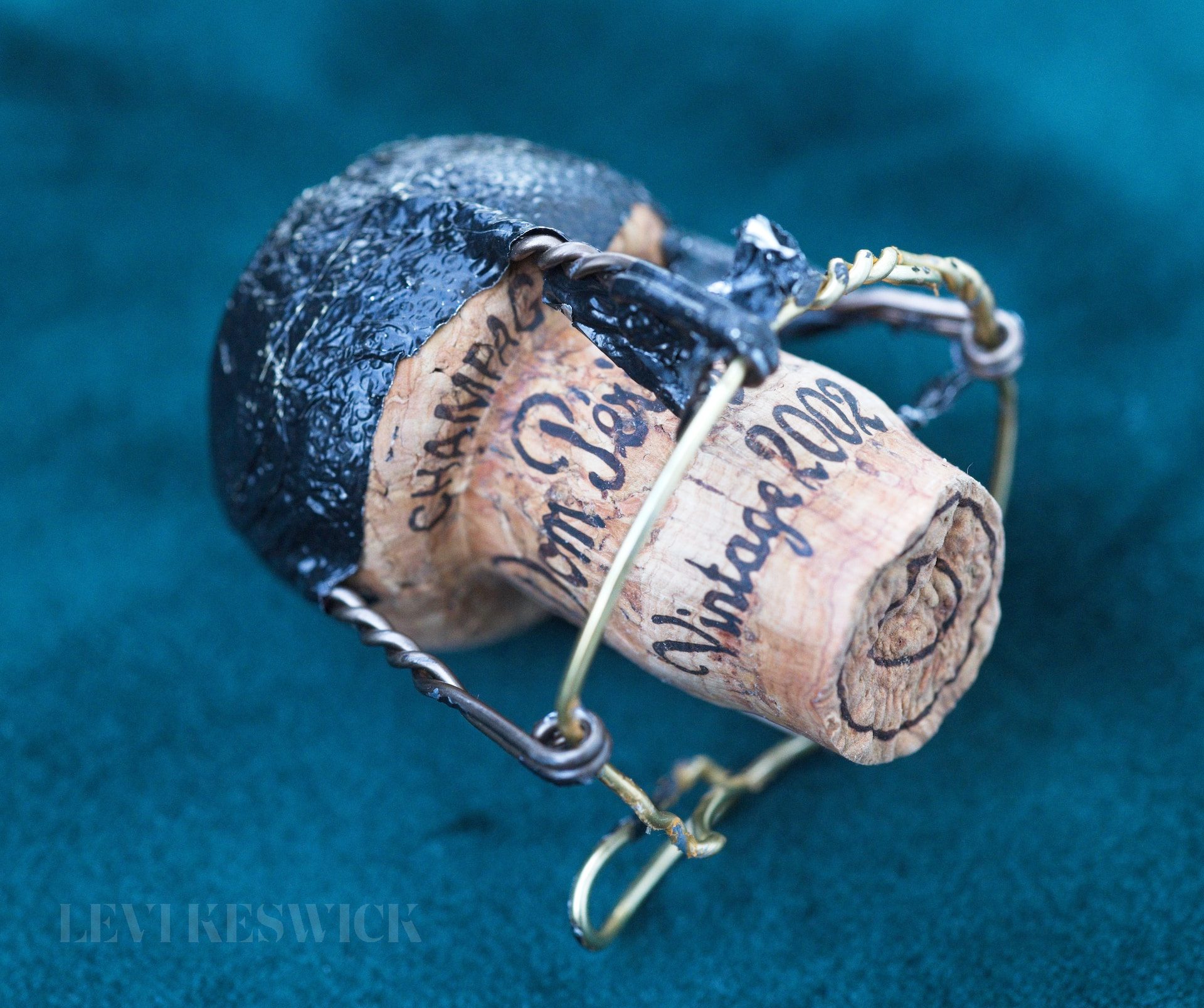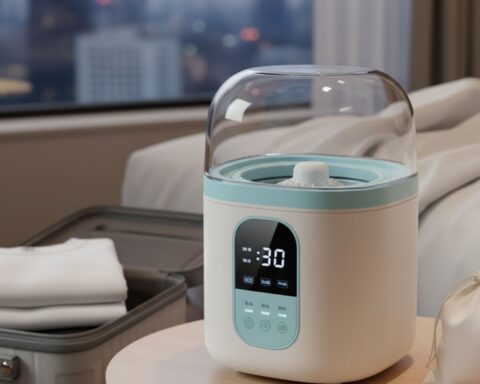Key Takeaways:
- Dom Perignon P3 (Plénitude 3) is a unique champagne aged on lees for 30-40 years, delivering a complex, acidic, and highly concentrated profile.
- The P3 is produced in two styles, the Brut and Brut Rosé, with distinct flavor profiles.
- The Dom Perignon P3 has seen impressive appreciation in value over the years, making it an enticing prospect for wine investors.
Dom Perignon’s Plénitude Concept: A Masterclass in Aging
Champagne is a world where aging is an artform, and few brands exemplify this better than Dom Perignon with its Plénitude series. Plénitude is the French term for ‘fullness’ or ‘complete’, and in this context, it signifies the wine’s progression and evolution with time.
The Plénitude line offers three distinct phases:
- Plénitude 1 (P1) is released after 9 years of lees aging
- Plénitude 2 (P2) is released after 20 years of lees aging
- Plénitude 3 (P3), our focus for this piece, is released after 30-40 years of lees aging.
The third Plénitude, the Dom Perignon P3, is the epitome of champagne’s evolution. The prolonged lees contact allows the champagne to develop a deeper concentration of flavors, imbued with an acidic backbone, culminating in an intensely rich and complex experience.
Tasting Dom Perignon P3: The Diverse Styles and Flavors
The Dom Perignon P3 is crafted primarily from Pinot Noir and Chardonnay grapes, creating a harmonious balance between boldness and elegance. Two main styles – the Brut and the Brut Rosé, exhibit the distinctive facets of the P3.
Brut: In this variant, fruity richness merges with a bold structure, layered with citrus and vanilla notes. The tasting journey is completed with a finish of crisp acidity, making it an exhilarating experience for the palate.
Brut Rosé: This Rosé Champagne captures the essence of minerality, brioche, and red fruit notes. The palate is enlivened by remarkable freshness, an attribute characteristic of rosé champagne.
Given its complexity and rich flavors, Dom Perignon P3 pairs wonderfully with foods such as shellfish, pork, salmon, and an array of cheeses.
The Finest of Dom Perignon P3 Vintages
Among the Dom Perignon P3 offerings, certain vintages have stood out for their exceptional taste and character. Some of these include:
- 1971 Dom Perignon P3 Plenitude Brut featuring remarkable freshness, with tasting notes of apples and candied fruit aromas.
- 1988 Dom Perignon P3 Plenitude Brut Rose with its red berries flavors and hints of citrus and almonds.
- 1990 Dom Perignon P3 Plenitude Brut known for its bold texture, vanilla notes, and a refreshing fruit palate.
Each of these vintages showcases the unique aspects of their respective years, adding to the P3’s allure.
The Investment Potential of Dom Perignon P3
The Dom Perignon P3 is not just a fine wine; it’s also a brilliant investment option. It ages gracefully and can be cellared for up to 20 years, promising a delightful evolution of flavors. The champagne has also seen steady price appreciation over the years. For example, the 1990 Dom Perignon P3 wine bottle saw an astounding appreciation of 199% from 2019 to 2021.
For those looking to invest in Dom Perignon P3, it is recommended to seek a reliable wine investment company like Vinovest. Such platforms can guide you to effectively buy, store, and sell investment-grade wines.
The Dom Perignon P3 serves as an exquisite reminder of the beautiful complexity that can be achieved with patient aging. This luxurious champagne’s unique flavors, layered richness, and appreciative value make it a must-have for both the casual appreciator and the serious collector. Experience the mastery of Dom Perignon’s aging process with a glass of the P3 and savor the splendor of an exceptional champagne.








